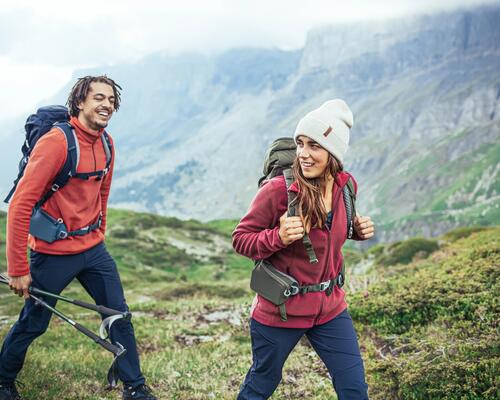How can you predict a storm in the mountains?
Summer is, of course, the season to enjoy the mountains, but it's also a time of extreme heat, which means the stormy season. The main concern is the speed with which the storm arrives; the weather in the mountains changes very quickly, before you've even had time to realize. So you need to learn to be vigilant and to observe the environment around you. You are advised to check the local weather forecast and observe the sky regularly. Likely warning signs of a storm that you can look out for include the presence of tall clouds with a dark base.
Very often, the threat is strongest at the end of the day, but that doesn't rule out being unpleasantly surprised in the middle of the day.





